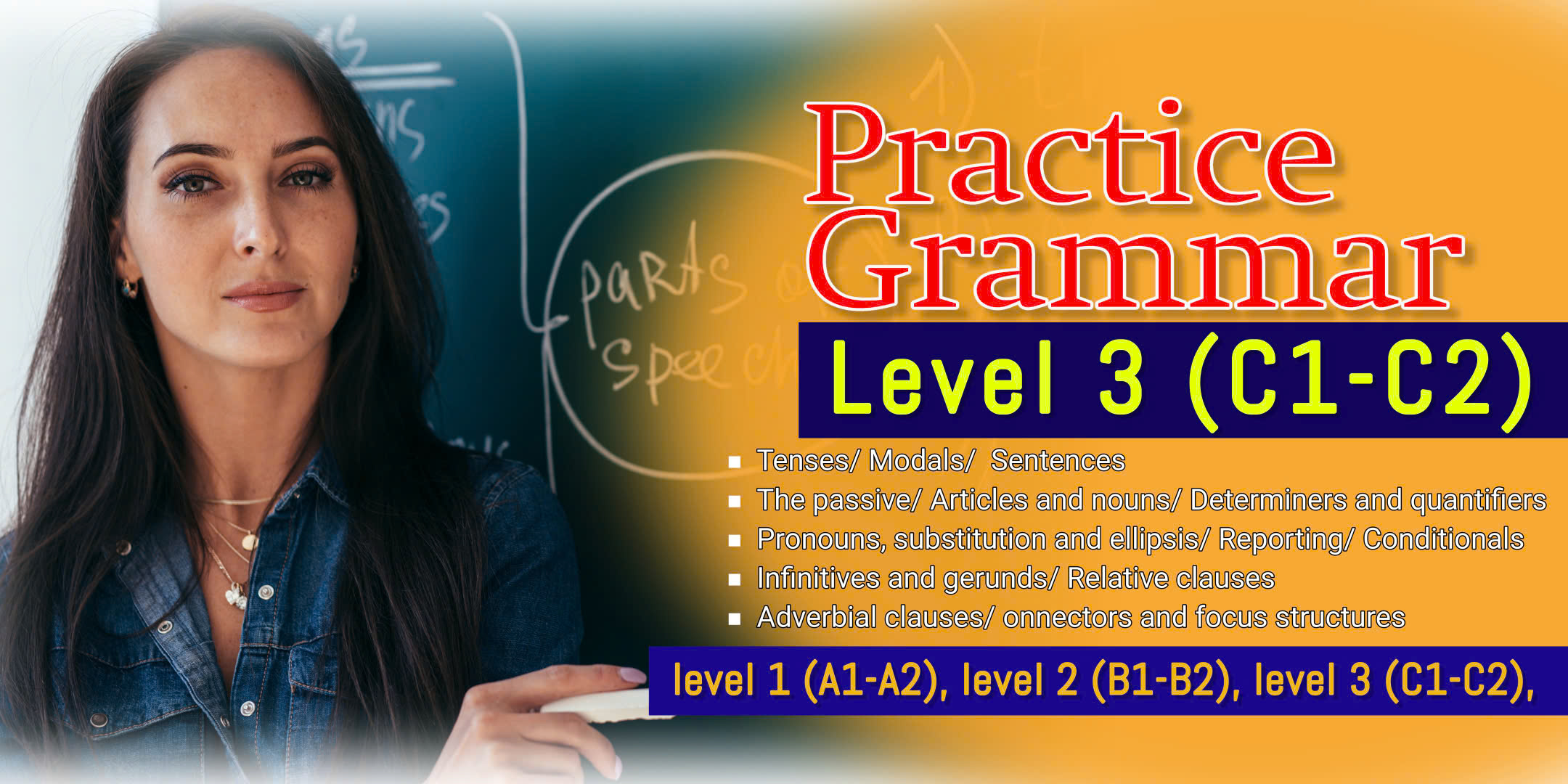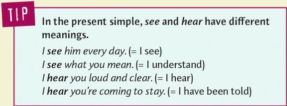
Why is the girl in the photo smiling?
Present simple and present continuous
Present simple
1 Use the present simple to refer to facts and specific routines or habits, and with adverbs of frequency.
We smile because we feel happy.
We usually smile because we're friendly.
2 We usually use the present simple with state verbs such as think, feel, believe, know, seem, appear, like, consist, have and belong.
Some believe that smiling is an individual act.
3 We also often use the present simple to describe events shown in a picture, to make them seem more immediate and alive. For the same reason, we usually use the present simple in news headlines and in television or radio commentaries on sports or other ongoing events.
A bowler smiles at her friends.
And Jake heads the ball to Gallant who kicks and it's a goal

4 Use the present simple in the expressions
Here come(s) and There go(es)....
There goes Mike, looking as cheerful as usual.
NOT There is going Mike,

Present continuous
5 Use the present continuous to refer to activities, situations and changes happening now/around now.
while the player is still looking down the alley
6 We can use the present continuous with indefinite adverbs of frequency (e.g. always, constantly, forever) to refer to regular behaviour which is typical, habitual and predictable.
Psychologists are forever arguing about this question.
We sometimes use the present continuous in this way to criticise or express disapproval..
Sally's always losing things. She should be more careful.
7 When we describe an action or event with the present simple, we can use the present continuous to refer to activities, situations and changes happening around the same time.
If you watch a group of friends bowling, it looks as if they're always smiling.
Present simple or present continuous

8 We usually use the present simple to refer to situations which we see as permanent, and the present continuous to refer to situations which we see as temporary. Note the difference:
Tom lives in Rome. He works as a lawyer for a big Italian company. (Rome is his permanent base.)
Jane is living in Rome at the moment. She is working
as an English teacher. (She is in Rome temporarily, e.g for one year.)
9 When we tell stories or to give instructions, we use the present simple to describe the shorter actions and events and the present continuous to describe the longer situations or background activity.
Gavin and his wife are sitting at home one evening when the telephone rings and their lives change for ever.
First, you fry the onion in a little oil. While the onion's cooking, you chop the vegetables.
10 Although we usually use the present simple with state verbs (see 2 above), we can use the present continuous if we are talking about an ongoing present process rather than a fact.
She's feeling good after a good shot.
Some verbs (e.g. hear, see, think, appear) can be state
verbs or action verbs, but with a different meaning.
What do you think of Jan's new hairstyle?
[ What's your opinion about it?)
I'm thinking of taking a few days off.
(I'm considering the possibility of doing it.)

11 We use the present simple with verbs like hope and look forward to in formal situations, and we use the present continuous if we want to sound more informal and less direct.
We very much hope you will be able to attend.
We're really hoping you'll be able to come.
I look forward to hearing from you in the near future. I'm looking forward to hearing from you soon.
- Teacher: Admin ElinkGate

Musicians sang and threw flowers.

- Teacher: Admin ElinkGate

The higher temperatures have had dramatic effects.

- Teacher: Admin ElinkGate

He 'd been expecting on easy climb.

- Teacher: Admin ElinkGate